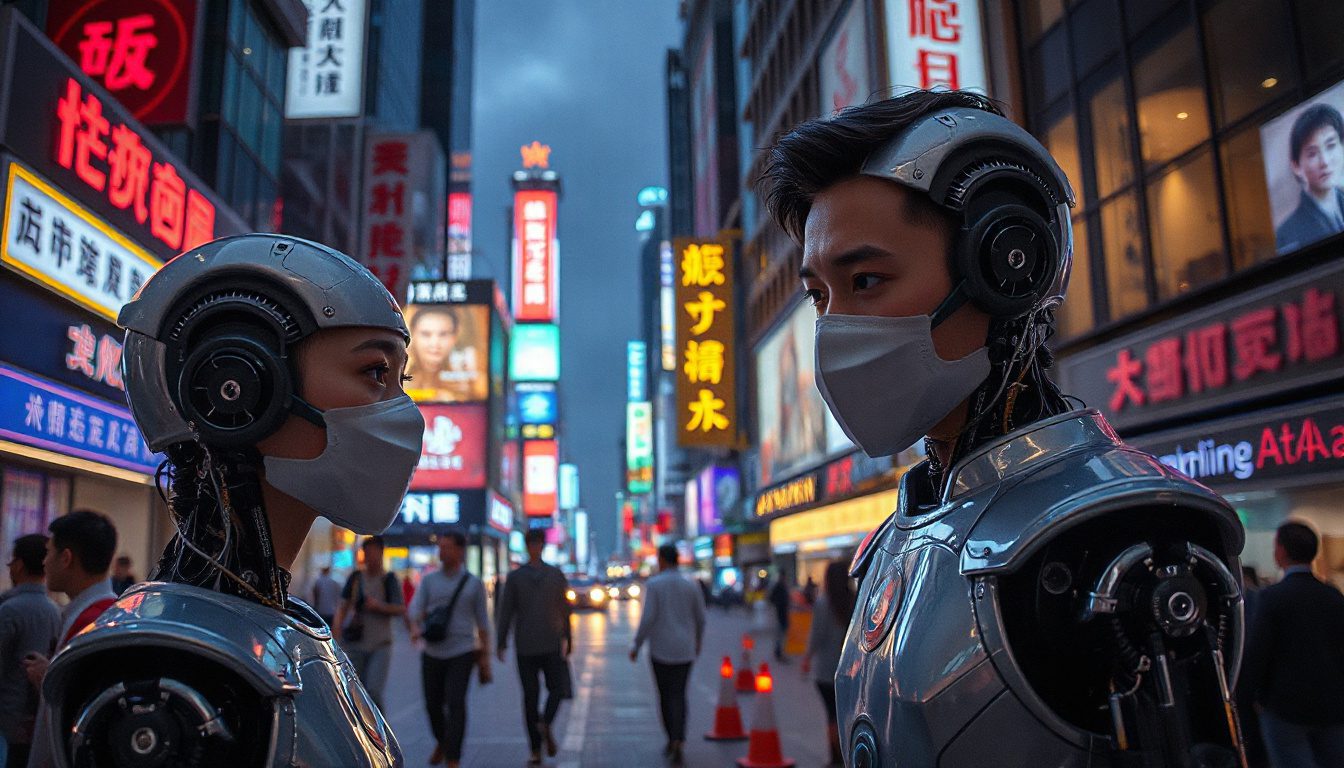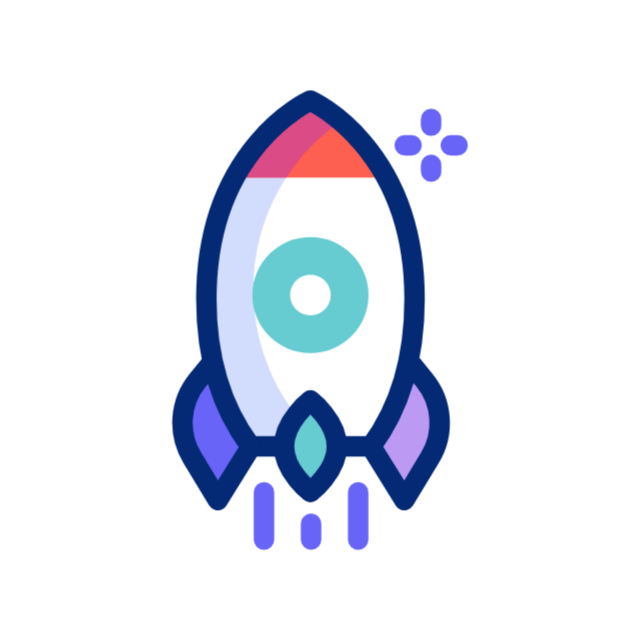How AI-Powered Design Is Transforming the Packaging Industry in China
Imagine you need a full set of packaging designs for a product line. You want different styles, colors, flavors, and formats. You face meetings, revisions, and costs that add up. Now a tool joins each step, keeps words and ideas close, and builds ready files in nearly one hour without extra back-and-forth.
This is not science fiction. In China, AI design tools change how companies handle packaging and product design. This change matters for firms that want to work fast.
The Rise of AI in Automated Packaging Design
Modern AI software creates many unique packaging designs in one session. Older tools gave hints only, while the AI works from idea to final file. It works as a small team does, saving time and cutting delays.
Key features include:
- Rapid design generation: Create up to 50 distinct designs that show many styles and sizes in about 60 minutes.
- Tailored design work: Match designs to product flavors, packaging sizes, and brand looks without extra effort.
- Print-ready output: Get files that are ready to go for printing and use.
Why This Matters for Businesses
This AI way brings big benefits, especially for small and medium firms that cannot keep large design teams or pay high fees.
- Speed: What took weeks now completes in one hour, which makes product launches fast and meets market needs.
- Cost savings: Save on repeated design fees and cut costs tied to managing projects and revisions.
- Easier scaling: Build large design libraries for different product lines or seasonal changes without extra strain.
- Consistency: Hold brand identity close while trying new styles to reach more customers.
For companies in fields like food, electronics, or consumer goods, this speed helps quickly try new packaging looks, listen to customer input, and update designs on the fly.
Real-World Impact: Early Adopters’ Experience
Early users of these AI tools in China report many saved work hours. Saved time means faster product cycles and more done work. The software handles tasks from the first idea to final files, so staff can focus on strategy and sales.
For example, a snack company may create several packaging ideas for different stores, languages, and special editions in one session. This ability helps brands meet customer tastes across regions without waiting.
What’s Driving This Shift?
Three main factors drive more use of AI in design workflows:
- Advances in machine learning: AI models trained with many examples learn design rules and brand needs.
- A need for speed and change: Fast product turns and personalized marketing demand quick design paths.
- Cost pressures: Firms wish to lower expenses while still producing many high-quality designs.
How to Get Started with AI Packaging Design
If you are a business owner or product lead, use these steps to start with AI design tools:
- Evaluate needs: Count the number of designs you require and the types you need.
- Choose simple software: Pick AI tools that do not need high design skills and let you export ready files.
- Pilot test: Run a small project to see how the AI fits in your workflow.
- Set quality standards: Define your brand rules and check that AI files match these rules.
- Train your team: Show your marketing and packaging staff how to use the AI tool and adjust designs.
Looking Ahead
AI-powered design in China now shows how tech can widen creative ways and keep work simple. As more firms use these tools, expect more varied packaging that meets customer needs fast and fairly.
Using AI in design helps firms move quickly, lower design time, and use resources wisely while holding quality high. This path changes ideas into products with speed and care.
If you want to work faster and cut design costs, try AI-driven packaging design. Start small, test your ideas, and grow as you trust the tool to build production-ready designs.
Next Step: Look up AI packaging design platforms that suit your needs and request demos to see how the tool can change your workflow.


